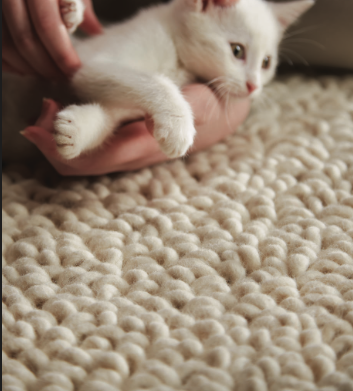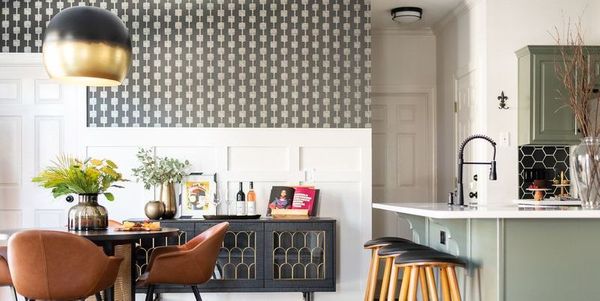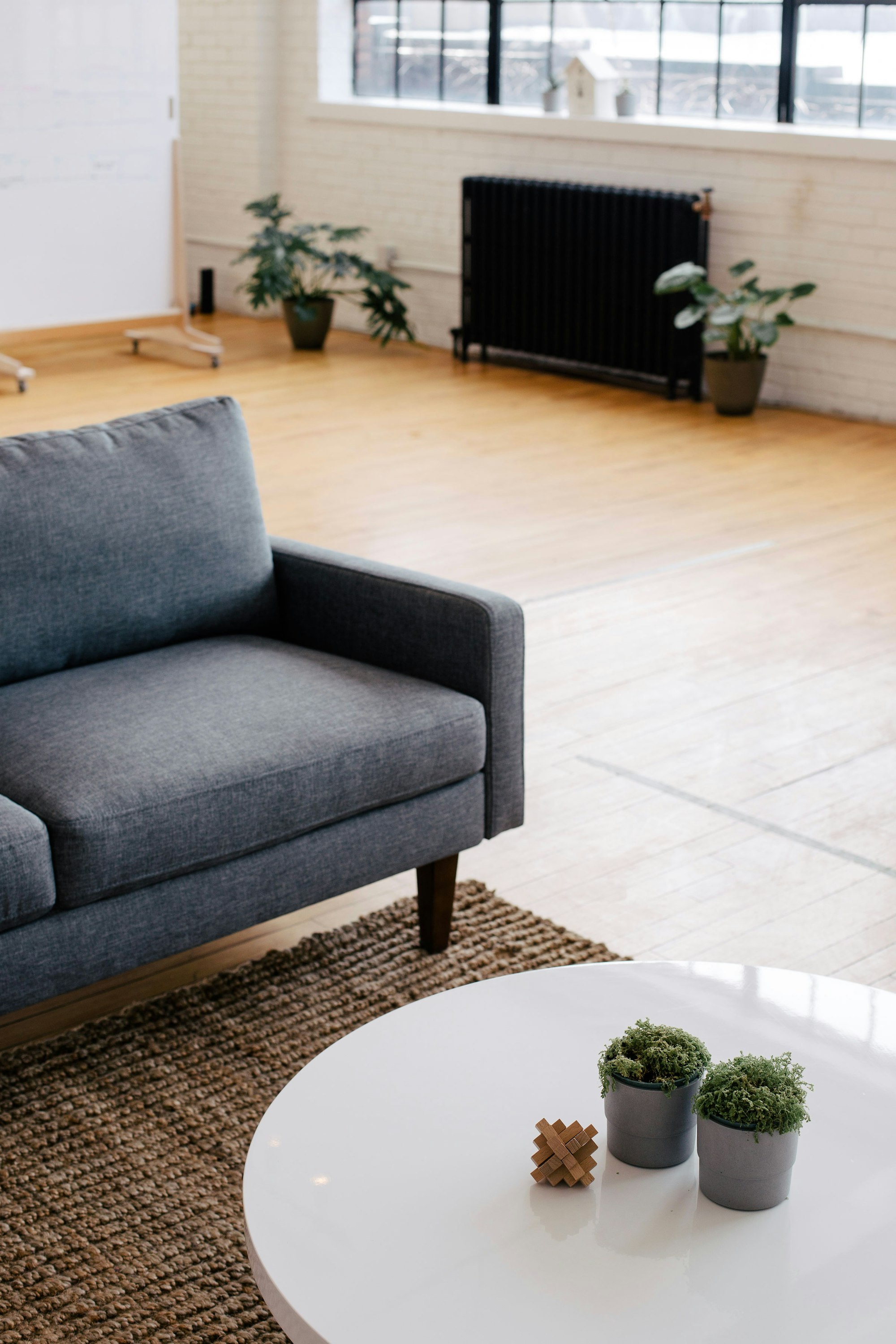Why Choose Wool Carpet
Everyone loves wool carpet, but why?
There are many advantages to a natural fiber, and wool has been used in carpet for centuries. Wool has remained popular decade after decade despite the development of synthetic carpets that are cheaper and easier to clean. We all love to sell wool to our clients! And with good reason.
You know it. We know it. But the client might not.
It can be a hard thing to explain to a client why wool is a better choice. Here is a list of the properties of wool that will make your client say, enthusiastically, Yes!

Comfort
Wool softens a room, not just texturally but energetically. Wool is a natural dehumidifier and is resistant to static electricity build-up. It provides sound absorption, regulates indoor humidity, and gives the floor a soft, natural texture.
The softness of wool, as well as the comfort, makes it an ideal choice for a calm and healthy household environment.
Natural and Environmental Benefits of Wool Carpeting
Wool is one of the original super fibers. Its use by humans dates back approximately 10,000 years.
Wool is a biodegradable, environmentally friendly carpet fiber. As wool is a renewable resource, it has less negative impact on the environment. Comprised of amino acids, the building blocks of life, pile from wool carpet can be returned to the ground at the end of its useful life. There it will actually release plant nutrients as it decomposes, enriching soil and nourishing grass.
Wool is produced from totally renewable and natural resources - water, sun and grass and requiring far less energy to produce than synthetic fibers. Many people don't realize that type of carpet can also make a home more energy efficient. Wool carpet insulates the floor. It reduces heating and cooling energy requirements by preventing heat loss and heat rise through floors. (carpetkingdom.co.nz)
Health Benefits of Wool Carpeting
Wool is hypoallergenic. This is one of the many pros of wool.
Wool fibers absorb and neutralize polluting gases such as sulfur dioxide, fomaldehyde and nitrous oxides. Wool helps moderate room temperature and humidity. It can absorb up to 30% of its own weight in moisture.
Common allergens ‘hiding' in the home environment include: dust mites and mildew. Dust mites are microscopic arachnids found anywhere there is dust.
The natural texture of the fibers, more rough and scaly on a microscopic level than synthetics, acts as a type of filter, reducing penetration of dirt, dust, and other contaminants deep into the wool pile.
Contaminants retained in the upper portion of the carpet pile are more easy to vacuum out, which helps to manage allergies and preserves the cleanliness of the carpet over the long-term.

Safety Benefits of Wool Carpeting
It has many safety benefits too. This breathable fibre helps control humidity and keeps you cool in the summer and warm in the winter. Wool is naturally flame resistant, which prevents it from igniting easily and will self-extinguish when the heat source is removed!
Unlike many synthetic fibers that have a completely smooth edge, wool fibers are covered with microscopic fibers that actually provide grip to those walking on it. Not only is it soft, but is also easy to walk on and less likely to slip. This makes is a good choice for hallways, bedroom and stairs.
Resiliency, Maintenance, and Durability of Wool Carpet
Wool is naturally resilient and soil resistant, making chemical protection treatments unnecessary.
Wool fibers also have a high resistance to crushing or matting. Unlike some synthetic fibers that eventually become matted down due to foot traffic or heavy objects, natural wool springs back underfoot and beneath the weight of furniture, retaining its original thickness and springy feel over years of use.
Wool also absorbs dye beautifully and can hold color for years, as can be seen in so many luminous, museum quality rugs that are hundreds of years old.
Though wool can withstand heavy traffic, one area where wool doesn't perform well is spills. As a caveat, if looking for a rug in a high spill area, you may want to consider different types of carpets. A wool rug underneath a child's high chair, for example, or a cat's litter box, would not be an excellent choice.

New Zealand Wool
If you're looking for the best, choose New Zealand. New Zealand is the land of wool. Many of New Zealand's mills produce eco-friendly wool. Eco-Friendly wool also tends to be high quality.
Sheep graze contentedly on the island's mountainous pastures. Kiwis even use wool in their surf boards, shoes and face masks! Most New Zealand wool is grown sustainble and humanely, with expert practices that ensure top-quality texture and resilience.
Budget
Cost is a common deterrent, and it is one of the main cons of wool. But in many cases, the cost is worth the investment.
If your client isn't loving the price-point, it's good to remind them that, although it is more expensive than synthetic fiber carpet, the value that it will add to their home, plus the fact that it will outlast most synthetic products, actually makes it a very budget-friendly option in the long-term.
It's All in the Details
Overall a wool carpet will give provide the home with a feel and experience that cannot be replicated, down to the smallest of details. Literally, the smallest.
Like the scaly structure of the individual fibers, visible under a microscope and similar to that of a piece of hair, which prevents soil and dust particles from latching to the fiber.
These are tiny details. Do they matter? As designers know all too well, every detail matters. So next time your client asks, "Why wool?" you can tell them, "It's all in the details."





